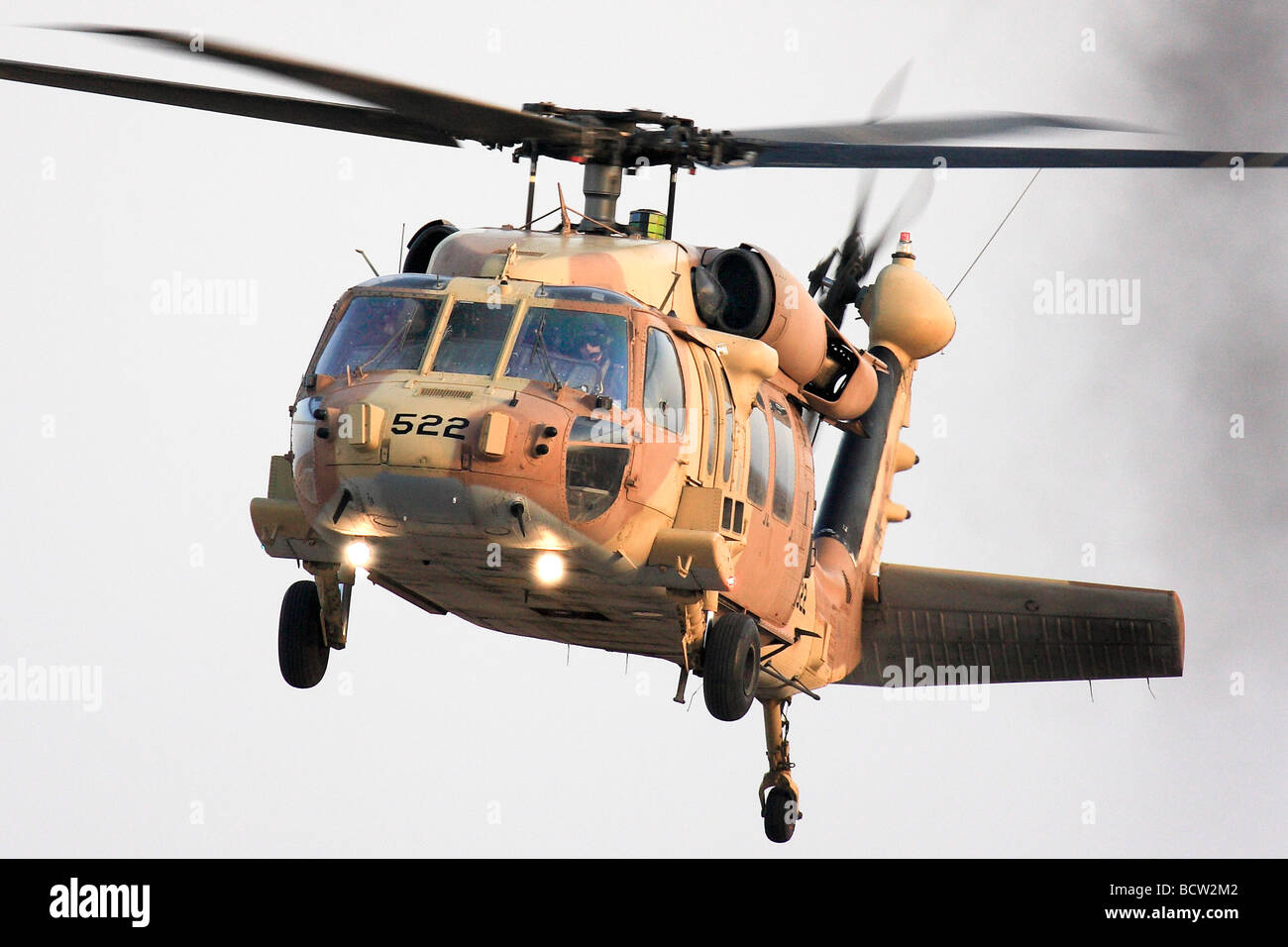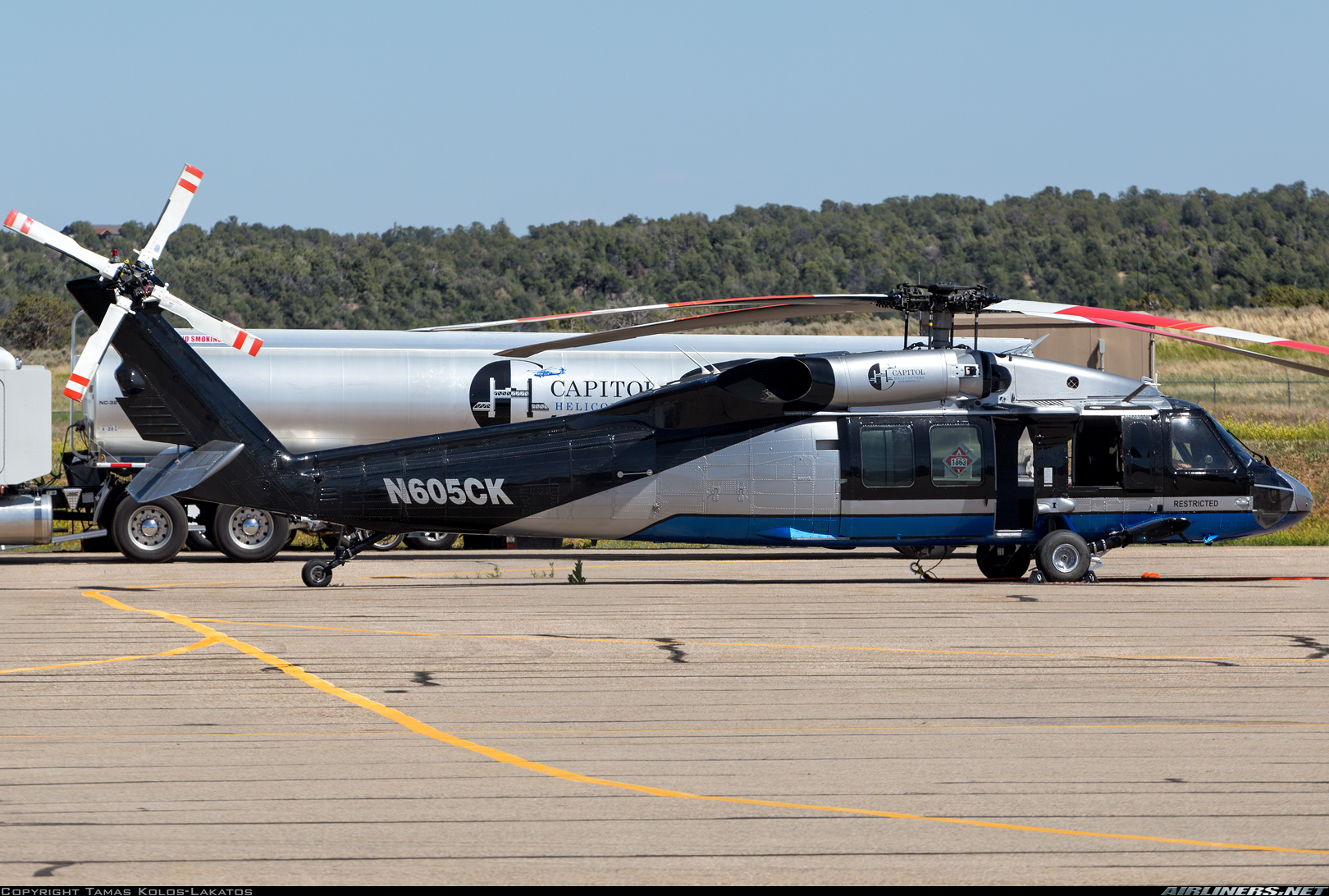Sikorsky S 70: Reinventing Tactical Operations with Cutting-Edge Modern Technology
Sikorsky S 70: Reinventing Tactical Operations with Cutting-Edge Modern Technology
Blog Article
High-Performance Multi-Role Rotorcraft Featuring Advanced Cabin Technologies and Integrated Sensor Systems
The world of rotorcraft innovation has actually seen significant advancements in current times, particularly in the world of high-performance multi-role rotorcraft equipped with innovative cockpit modern technologies and flawlessly integrated sensing unit systems. In the following conversation, we will certainly check out the evolution of rotorcraft innovation, dive into the world of advanced cabin innovations, and analyze the effects of integrated sensor systems on the functional versatility and effectiveness of modern-day rotorcraft.
Evolution of Rotorcraft Innovation
The advancement of rotorcraft technology has actually been noted by significant improvements in the rules of aerodynamics, materials, and propulsion systems, forming the capabilities and efficiency of modern rotorcraft. Wind resistant improvements have actually enhanced the effectiveness and ability to move of rotorcraft, enabling for increased speed, dexterity, and security throughout trip (sikorsky s 70). Innovations in materials, such as making use of composite materials and advanced alloys, have actually brought about lighter yet stronger rotorcraft frameworks, boosting overall performance and sturdiness. In addition, innovations in propulsion systems, consisting of extra powerful engines and innovative propulsion innovations, have actually made it possible for rotorcraft to achieve higher altitudes, faster rates, and greater payloads.
These improvements have not only transformed the capacities of rotorcraft yet have likewise broadened their applications across various sectors, consisting of army, commercial, and emergency services. The continuous advancement of rotorcraft modern technology proceeds to drive innovation in the area, pressing the boundaries of what is feasible and forming the future of vertical trip.
Advanced Cockpit Innovations
Building upon the foundational improvements in aerodynamics, products, and propulsion systems, the world of rotorcraft innovation currently moves emphasis in the direction of pioneering Advanced Cabin Innovations. The combination of advanced modern technologies within the cockpit setting plays a critical role in boosting the operational capacities, security, and efficiency of modern-day rotorcraft. sikorsky s 70. Advanced Cockpit Innovations incorporate a broad array of attributes developed to give pilots with enhanced situational recognition, structured information management, and user-friendly control interfaces
Among the key innovations in cockpit design is the application of glass cabins, which replace traditional analog gauges with high-resolution screens. These electronic systems provide personalized designs, real-time information integration, and enhanced readability, making it possible for pilots to gain access to crucial info at a look. Advanced avionics systems, such as fly-by-wire controls and enhanced truth display screens, are transforming exactly how pilots engage with the airplane, allowing for precise control and enhanced decision-making capabilities.


Incorporating innovative cabin innovations not only boosts pilot performance but additionally adds to general goal efficiency and safety in intricate operational settings. By leveraging modern modern technologies within the cockpit, rotorcraft producers are establishing new standards for functional excellence and mission success.
Integrated Sensing Unit Systems
With the advancement of rotorcraft innovation, the assimilation of innovative Integrated Sensor Solution has actually come to be vital in enhancing functional performance and security. These Integrated Sensor Equipments encompass a large range of technologies that supply crucial data for various features such as navigation, monitoring, targeting, and ecological monitoring. By perfectly incorporating sensors like radars, video cameras, lidar, and infrared systems right into rotorcraft, operators can profit from improved situational recognition, improved goal capabilities, and have a peek at this website minimized pilot workload.
One trick advantage of Integrated Sensor Equipments is their ability to collect real-time information and provide actionable insights to pilots and goal drivers. Progressed radar systems can identify and track targets over long distances, enabling for very early risk discovery and effective response planning. In addition, incorporating infrared and electro-optical video cameras allows rotorcraft to carry out reconnaissance and security goals with accuracy and precision.
Basically, the assimilation of advanced sensor innovations into rotorcraft not only improves operational effectiveness but additionally contributes considerably to general mission success and staff safety. As rotorcraft continue to evolve, the role of Integrated Sensing unit Systems will most certainly stay at the forefront of technology in the aerospace market.
Functional Flexibility and Effectiveness
Enhancing operational adaptability and effectiveness in rotorcraft is a natural development from the assimilation of sophisticated Integrated Sensor Systems. By leveraging the understandings and data offered by these advanced sensing unit systems, rotorcraft can enhance their performance throughout numerous objectives and environments.
Functional versatility encompasses the capacity of rotorcraft to adapt to various functions and scenarios successfully. With sophisticated cockpit innovations and incorporated sensor systems, rotorcraft can flawlessly shift in between jobs such as search and rescue, medical discharge, monitoring, and more. This flexibility enhances the rotorcraft's capacity to satisfy varied operational demands without calling for substantial reconfiguration.
Efficiency in rotorcraft operations is essential for optimizing mission efficiency and resource use. Integrated sensing unit systems play a critical duty in enhancing operational performance by providing real-time information on climate condition, surface mapping, target monitoring, and more. This data makes it possible for pilots to make informed decisions quickly, maximize flight paths, conserve gas, and enhance overall objective performance.
Influence On Modern Air Travel Workflow

In addition, the combination of advanced sensing units helps with boosted mission planning and implementation, allowing rotorcraft to execute a variety of tasks with boosted precision. From search and rescue procedures to aerial firefighting and regulation enforcement missions, the abilities of modern rotorcraft furnished with innovative cockpit modern technologies and integrated sensor systems are unrivaled.
Additionally, the impact of these improvements extends past functional efficiency to cost-effectiveness and sustainability. By enhancing trip courses, fuel usage, and upkeep timetables, high-performance rotorcraft geared up with innovative cabin technologies and sensors add to decreasing operational prices and environmental effect, making them vital assets in modern-day aviation operations.
Verdict
Finally, the high-performance multi-role rotorcraft with innovative cabin technologies and incorporated sensing unit systems represents a significant additional reading advancement in air travel innovation. These innovations boost operational versatility and effectiveness, ultimately impacting contemporary aeronautics operations in a favorable means. The combination of these innovative technologies permits for improved capacities and performance in different objective circumstances, showcasing the proceeded improvement of rotorcraft innovation in the aeronautics sector.
The world of rotorcraft innovation has actually seen noteworthy improvements in recent times, especially in the realm of high-performance multi-role rotorcraft equipped with cutting-edge cockpit technologies and flawlessly incorporated sensor systems. From improved objective adaptability to enhanced operational performance, the convergence of innovative cabin innovations and integrated sensing unit systems has actually ushered in a new era of possibilities for rotorcraft applications. In the adhering to conversation, we will certainly discover the advancement of rotorcraft innovation, dig right into the realm of sophisticated cockpit advancements, and check out the effects of integrated sensor systems on the operational flexibility and efficiency of modern rotorcraft.

Report this page